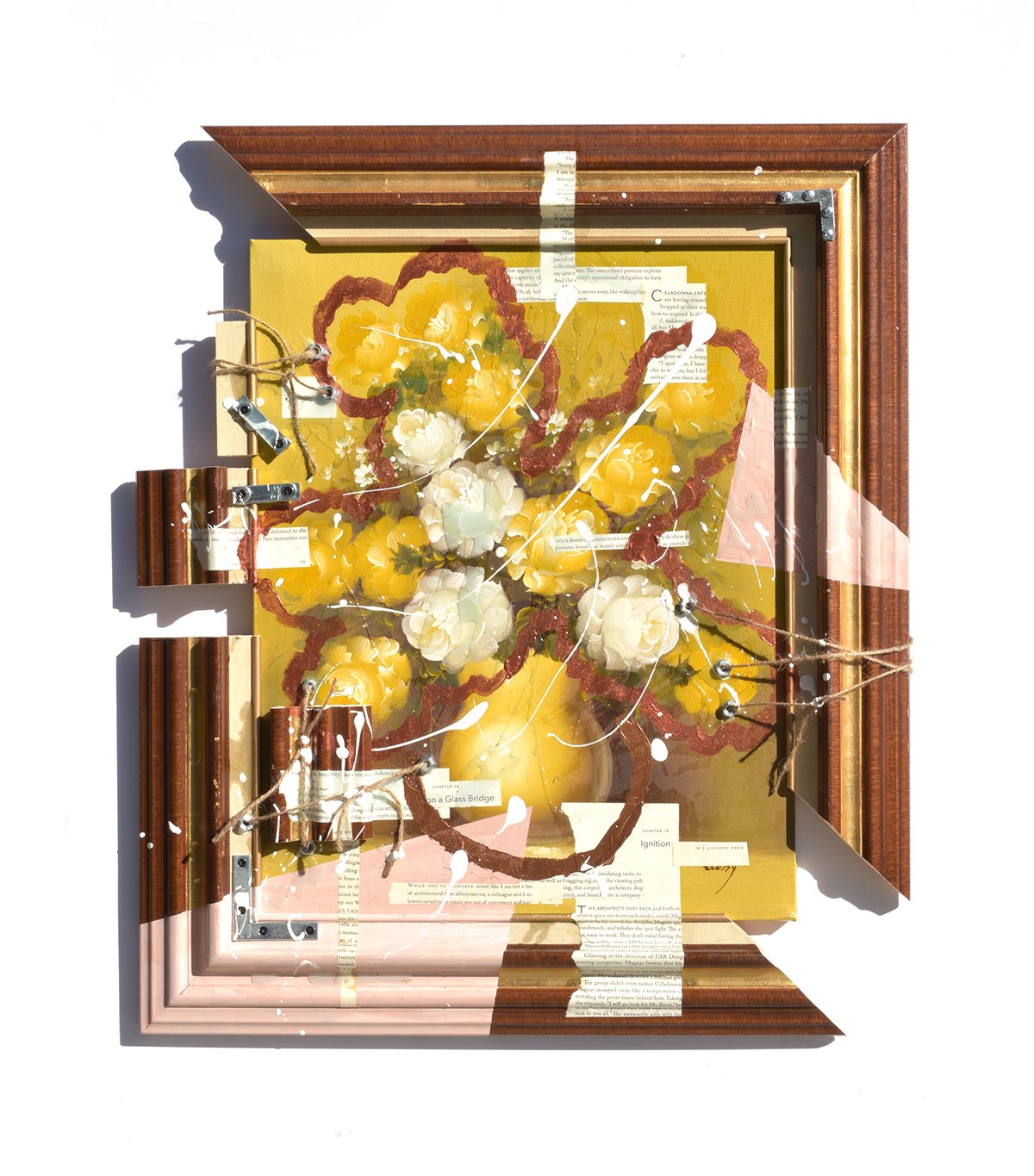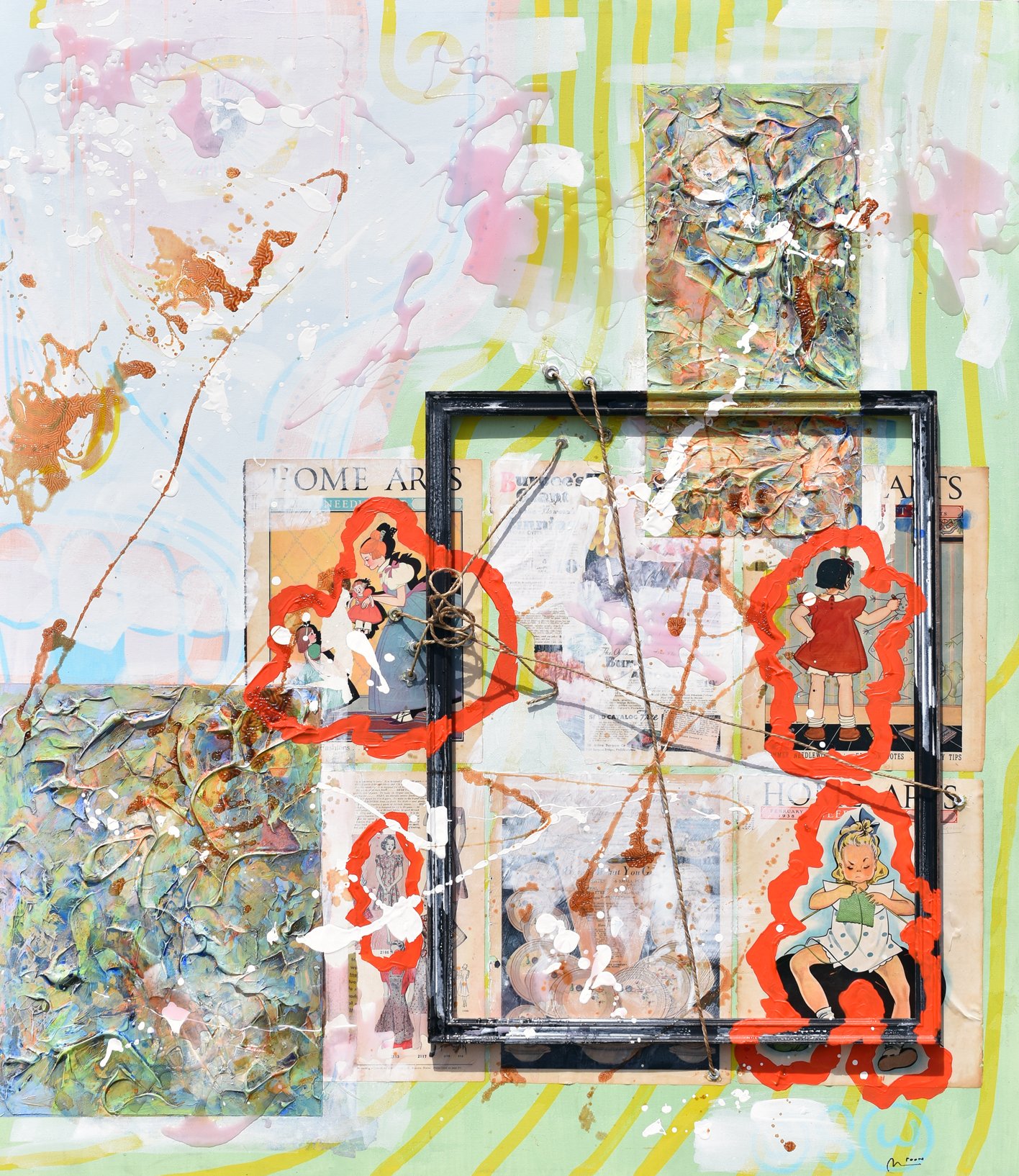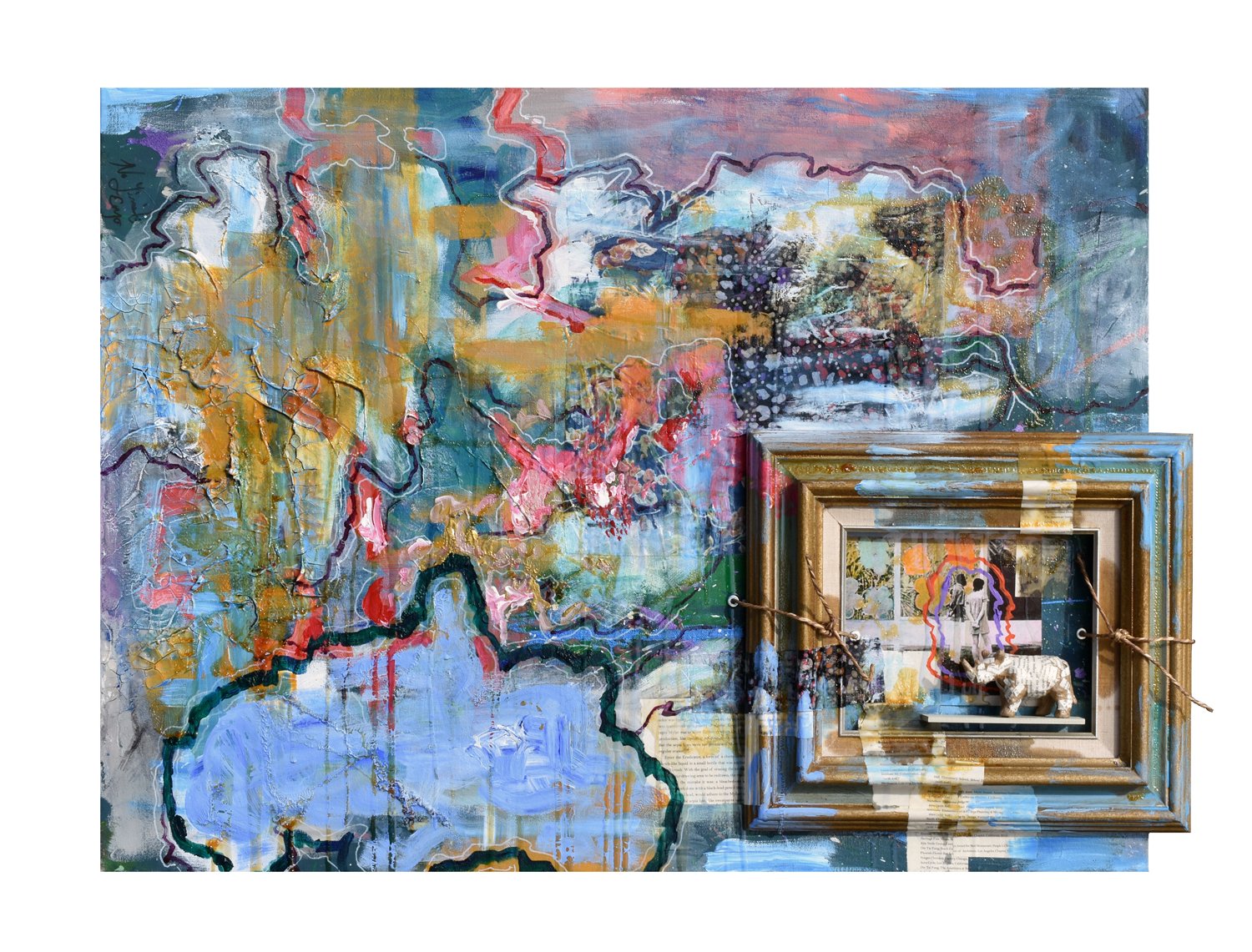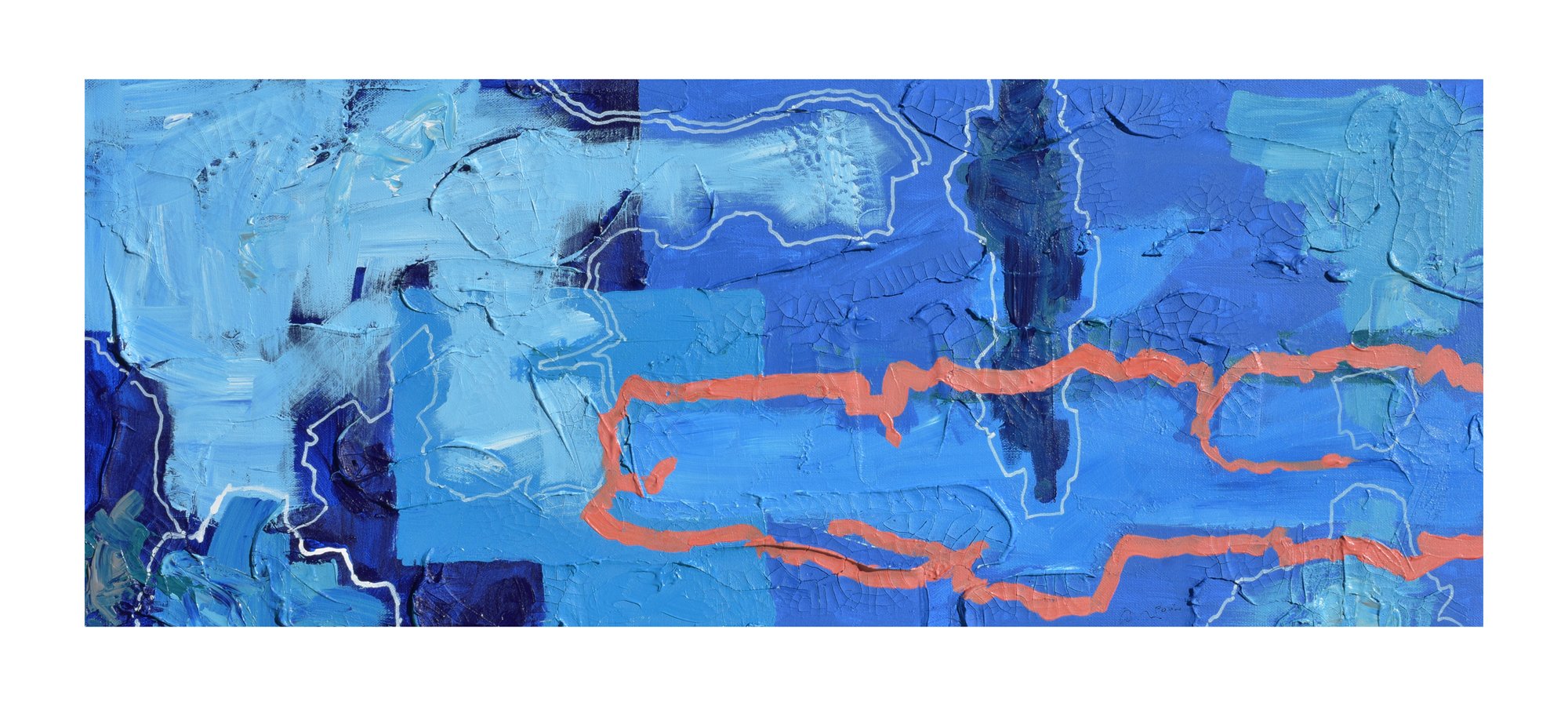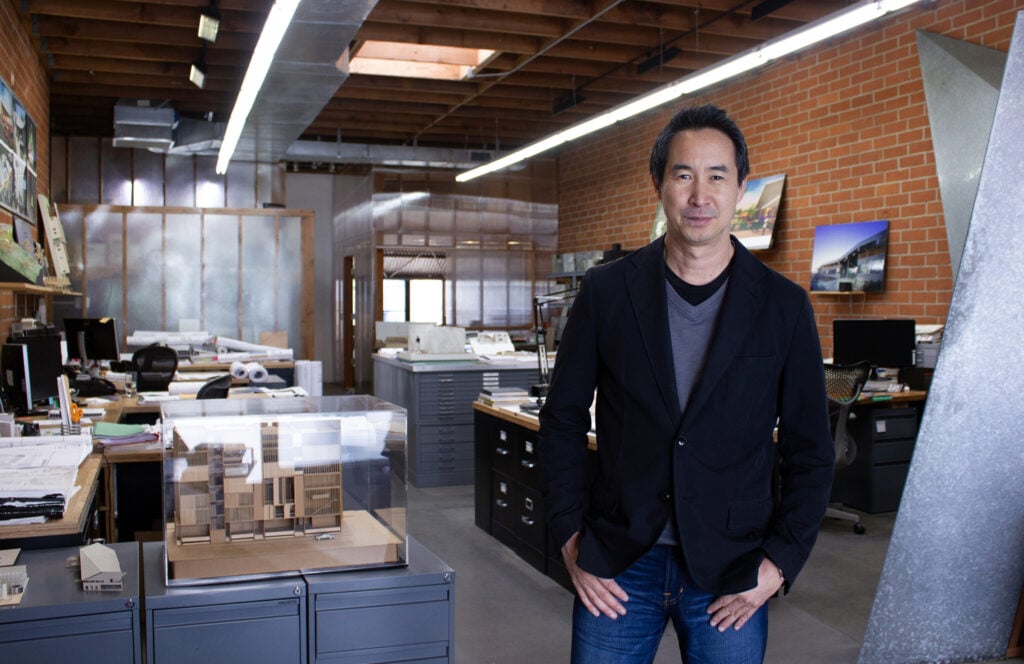
April 29, 2022
Whether it’s Music, Painting, or Writing, Architect Anthony Poon Has a Story to Tell
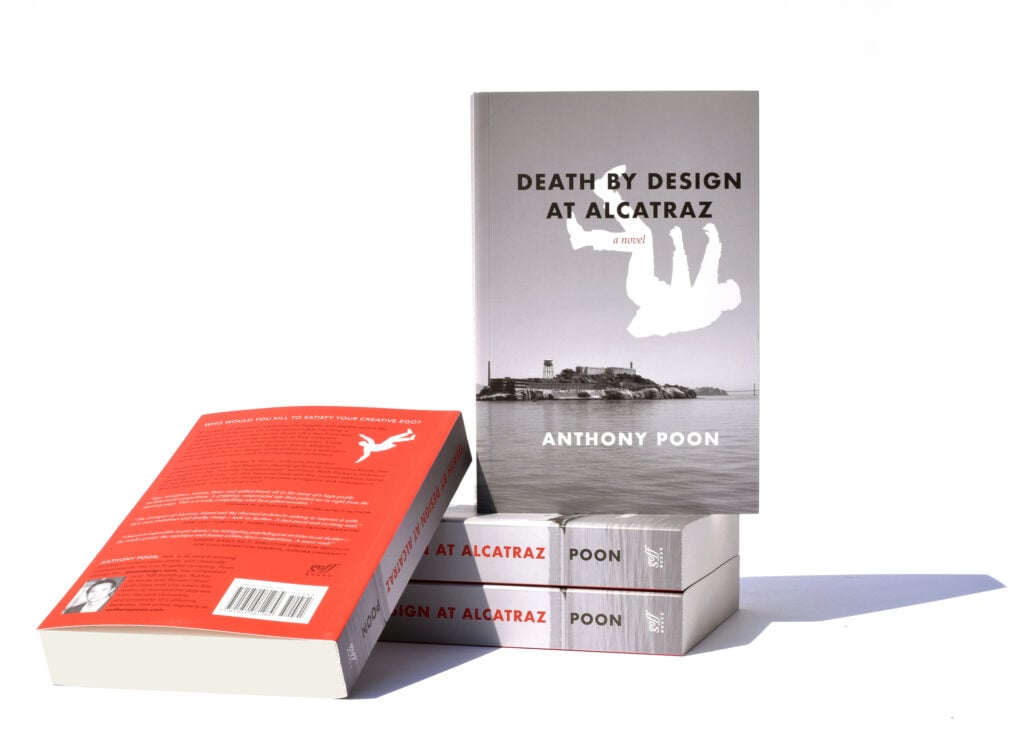
Brian Libby: Given that Death by Design at Alcatraz is a mystery, did you know who the killer was before you started?
Anthony Poon: No. I had no arc. At first, I was writing about a character. Then I decided to kill this person off. I was probably a good halfway through writing the novel, and I still didn’t know what the ending was.
You’ve probably heard the phrase that writers often fall into two categories: the planner or “pantser.” A planner would be someone like J.K. Rowling, having the entire seven-book Harry Potter series arced out and the characters outlined before she started writing. Pantsers fly by the seat of their pants and include people like Stephen King. In interviews, King just says, “Look, if you need to plan your book, then you’re not a writer.” Some of his books are better than others, but he just writes and sees where it takes him. I feel the same way.
The question of rigid composition versus improvising also relates to being a pianist. Could you talk about that?
Growing up, my training was classical music. It’s this process of aiming for perfection, a flawless performance. Playing a piano sonata, there are a hundred thousand notes and you’ve got to hit them all right. If I would get one note off, my piano teacher would say, “That whole performance is ruined.” But what I really got interested in was something beyond technical proficiency. You’ve got to be able to add a voice, a story, some kind of narrative to what you’re performing. That’s what I eventually learned about jazz. It blew my mind that these pianists would just sit at the keyboard and start making things up. I was at a performance venue called The Jazz Bakery, where the pianist asked the audience to throw out numbers between one and eight. Then he associated those with notes on the keyboard because there are eight notes in an octave. Through that, he started to improvise and build a song, and his ensemble jumped in. It was incredible.

Your thesis at Harvard was about how jazz improvisation informs the architecture process. What did you learn?
Architecture is very methodical. It takes a long time to produce a building. There are a lot of practical considerations––code, budget, square footage. You can’t just whip out a building the way a jazz musician would whip out a piece. But in the creative process, I always ask: Why can’t we just grab colors and make an idea? Why can’t we just have this sort of jazz-like conversation of bouncing ideas and just grab something from that, and make that the basis of an entire building design, whether it’s a library or museum or a house?
Let’s go back to this question of architecture and narrative. Could you talk about the importance of storytelling in design?
It’s all about communication. Everything that I do creatively––painting, music, writing, architecture––is all a form of language. In architecture, we look to our clients—who they are and what they are—to craft a story. If it’s a family, we want to know how they celebrate the holidays, if the in-laws stay with them, whether they have dogs. And that’s the story we tell when we design a house. For designing a school, we ask: what’s the educational methodology? How do the teachers teach? How do the students learn? Same thing when we do an office: what’s the corporate culture, what’s the mission statement? And obviously, when we do a religious project, there is an entire set of beliefs that need to be somehow expressed in architecture. What’s exciting about music and architecture, and what makes them different from writing, is that they are abstract. It’s kind of open-ended communication.
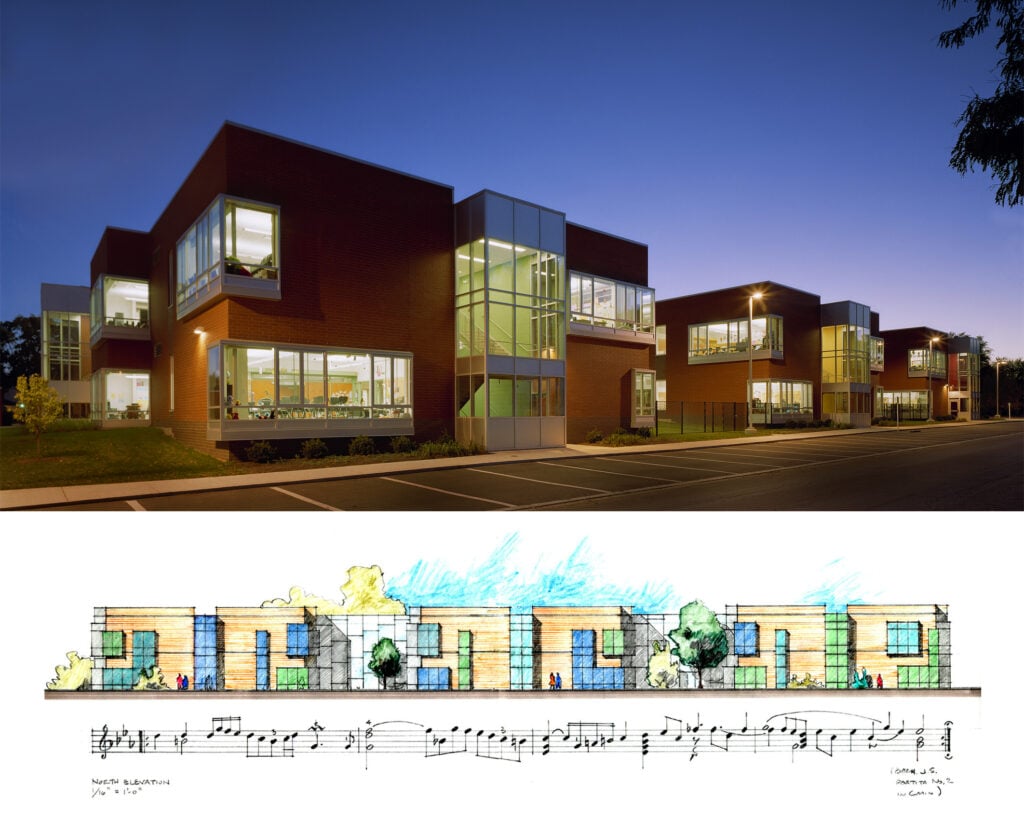
Besides being a mystery, Death by Design at Alcatraz reads like a satire of architects and their clients. Did you enjoy puncturing egos a little bit? After all, in your memoir, Sticks & Stones | Steel & Glass, you write about realizing you didn’t want to design big arenas and corporate projects––you wanted to design more intimate spaces for people.
Well, it’s funny the timing of your question. I just came back from Modernism Week in Palm Springs, where I did a presentation on ego and arrogance. The lecture was saying that society has granted us architects a tremendous amount of influence and power. And the question is what have we done with it? What’s also interesting about your question, though, is I didn’t think of Death by Design at Alcatraz as a satire. Maybe the developer is an amalgam of two or three actual clients blended together. But these architects, they’re all people I know.
What we talk about at my firm is that good design belongs to everyone. It could be a restaurant where everyone can go and eat. It could be a design of a bench. It could be a corporate headquarters or a public school. There isn’t any specific kind of project that I seek. It’s more about harnessing the talents that my team brings, and then reaching as many people as possible.
Where do you stand on the introvert-extrovert scale? Because architecture, especially when you get to a certain scale, is teamwork. Painting, which you’re also acclaimed for, is a more solitary activity.
I’m probably somewhere in the middle but skewing a little towards the extrovert side. Some of these art forms are solo explorations, but I don’t see the art being complete until it reaches the audience. The enjoyment for me comes from people engaging the art, or better yet, if it’s going to hang in their living room or their conference room. That’s the completion of the artistic arc.
With any kind of artist, both introversion and extroversion are tapped. In architecture, for example, the introverted, introspective, self-examining qualities usually launch the design process, and the extroverted side leads a team, sells the idea to a client, and supports the creative ego.
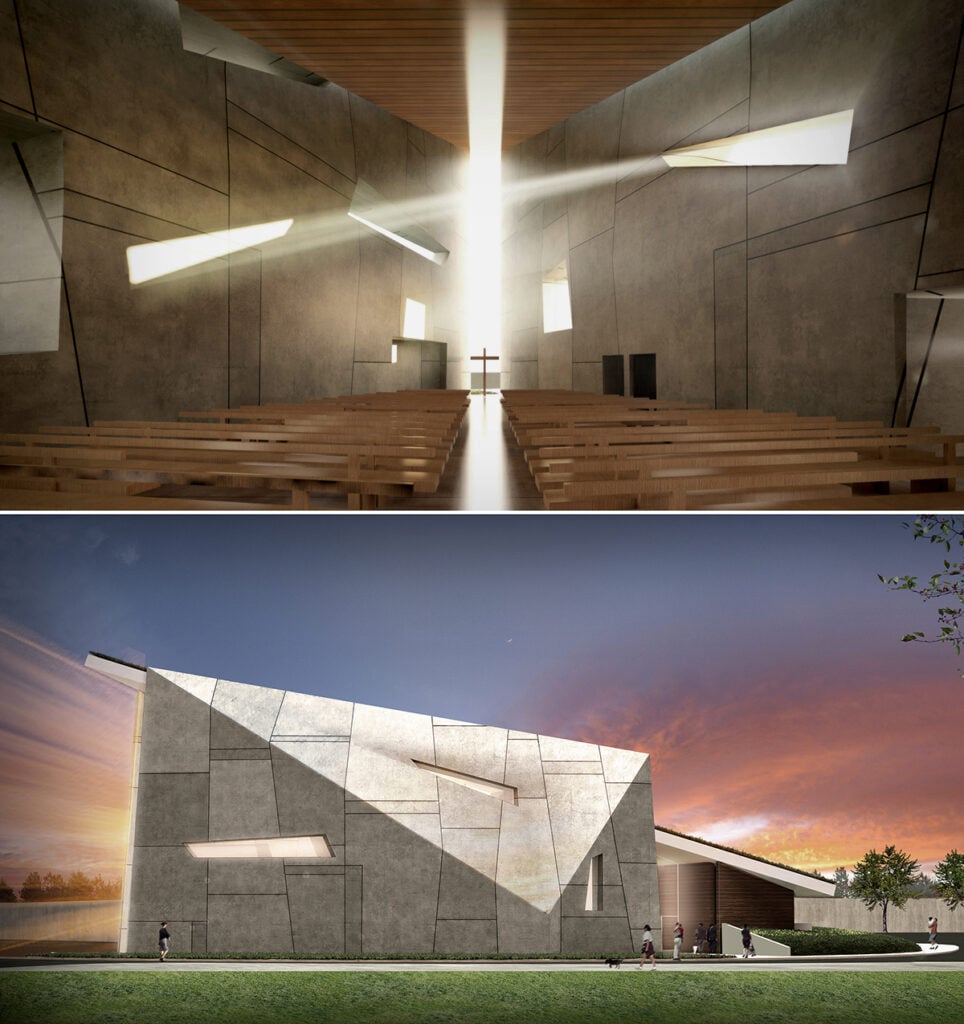
In Sticks & Stones | Steel & Glass, you described how San Francisco’s Portsmouth Square in Chinatown inspired you to become a designer. The park dates to 1833, but its 1963 redesign was derided at the time for raising the park to fit a parking garage underneath. What made it special to you, and the community?
I would answer that question with a question: Isn’t it incredible that it is a parking structure and an extraordinary park? A structure like this would often be an eyesore. But they found a way to maintain an active plaza on top. It acts like a blank canvas, and you watch the community paint their life onto this canvas, whether it’s old men gathering together to play chess or children playing on the play equipment. It was across the street from the church that I went to as a kid. It’s just that kind of wonderful, idyllic place that you don’t imagine would be in such a dense area. I’m looking at Portsmouth Square, not as an architect fetishizing its design, but as what it offers to the community: to have a Tai Chi class at 5:00 in the morning, a wedding there at noon, and kids running around in between. That’s the power of architecture.
Would you like to comment on this article? Send your thoughts to: [email protected]
Latest
Products
Autodesk’s Forma Gets You Ahead of the Curve on Carbon
Autodesk Forma leverages machine learning for early-phase embodied carbon analysis.
Products
Eight Building Products to Help You Push the Envelope
These solutions for walls, openings, and cladding are each best-in-class in some way—offering environmental benefits, aesthetic choices, and design possibilities like never before.
Viewpoints
3 Sustainability News Updates for Q3 2024
Policy initiatives are gathering momentum as the federal government and building sector organizations align their expertise under the umbrella of the Inflation Reduction Act.



